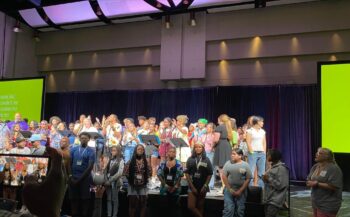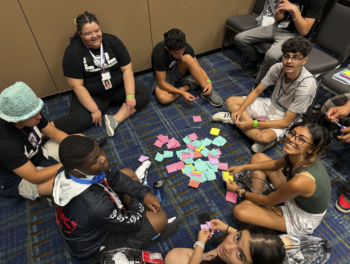A call for partnership
October 21st, 2024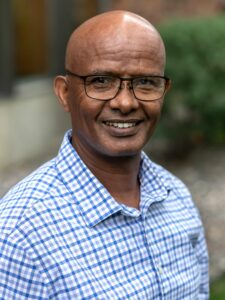 By Pastor Wondimu Sonessa
By Pastor Wondimu Sonessa
In December of 2023, leaders of our Synodically Authorized Worshipping Communities and our Strategic Ministry congregations gathered for their quarterly meeting with the chair of the synod’s Mission Table, Pastor Deanna Kim Bassett, and the Director of Evangelical Mission (DEM) – me. Tapestry Ministry, a bi-lingual ministry in Richfield, hosted the meeting. Our conversation focused on the importance of local congregational partnership.
Pastor Catrina Ciccone of Bread of Life Deaf Lutheran Church led this conversation in which we all saw (from the list on the white board) that our New and Strategic ministries could use more congregational partnerships. We became aware that some ministries have many partnerships, while others have few.
“2024 has been designated by the Mission Table as the ‘Year of Partnership.’”
The office of the DEM together with the Mission Table team have been praying and working on how to approach the need for congregational partnerships. This resulted in designating FY2024 as the “Year of Partnership.” With this designation in mind, we plan to engage in creative and strategic methods that will be helpful to connect our New Ministries and Strategic Ministries with congregations interested in building relationships. This includes reflecting on our understanding of partnership and expectations of these congregational connections.
SOME OF OUR MINISTRIES have experiences of partnership connections that didn’t last longer or lead to the expected outcome. For this reason, we have been exploring the real need at each ministry site with their respective pastors.
At a quarterly meeting hosted by Minnesota Swahili Christian Congregation on March 7, we shared this vision with all ministries leaders and invited each pastoral leader to respond to the following three questions:
- What does your congregation/ministry bring to the ministry of the partner congregations?
- What does your congregation/ministry expect from your partnership congregation?
- What is your priority in ministry?
We received highly encouraging and insightful feedback from our pastors.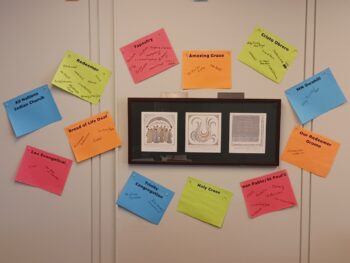
“Some of our ministries have experiences of partnership connections that didn’t last longer or lead to the expected outcome.”
In the coming months, we will share with you these responses through our synod enews. In highlighting one or two ministries every few weeks, we invite your congregation to hear their story as a voice calling for partnership. This is a call to mutual appreciation and enriching relationship for the sake of the gospel.
Making this happen may require your willingness to share the spiritual gifts and resources that the Lord has entrusted to your congregation. No matter how big or small your congregation is, your fellowship is needed more than ever.
If you allow me to borrow the apostle Paul’s words to the Ephesians, “I … beg you to lead a life worthy of the calling to which you have been called, with all humility and gentleness, with patience, bearing with one another in love, making every effort to maintain the unity of the Spirit in the bond of peace” (Ephesians 4:1-3). May the love and peace of Christ guide our response to this call for partnership.

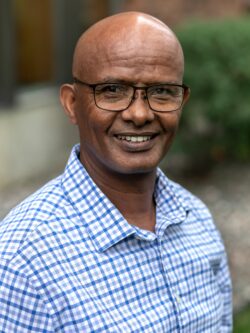

 By Mercy Zou Taithul
By Mercy Zou Taithul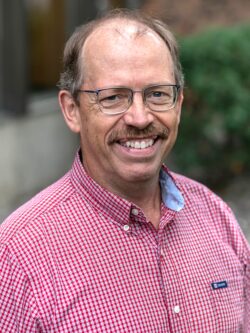
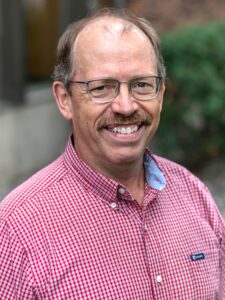 By Pastor John Hulden
By Pastor John Hulden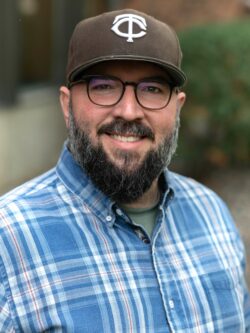
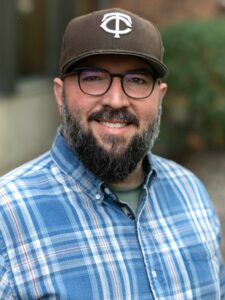 By Nicholas Tangen
By Nicholas Tangen 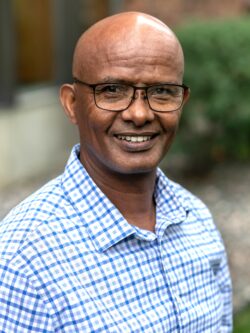
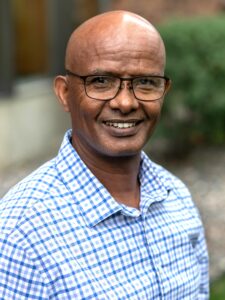 By Pastor Wondimu Sonessa
By Pastor Wondimu Sonessa 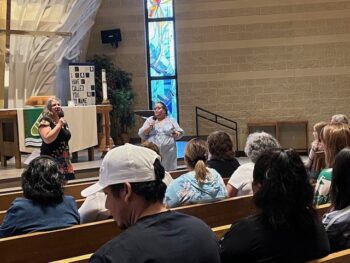
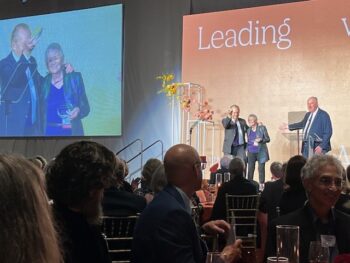
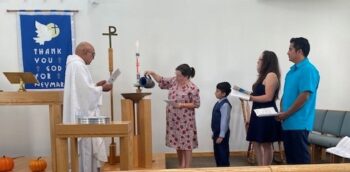
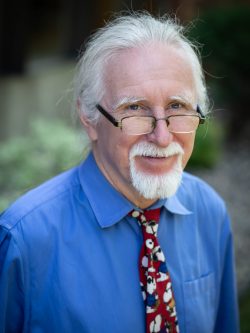
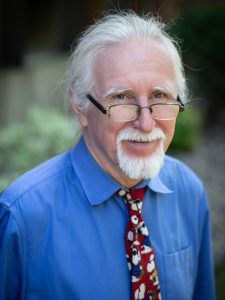 By Bob Hulteen
By Bob Hulteen 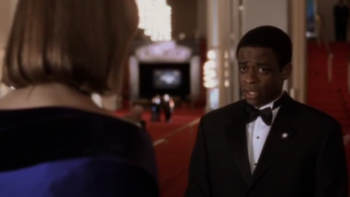
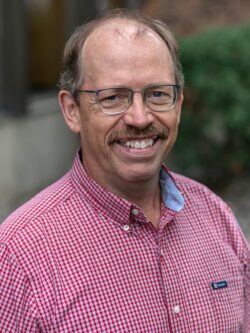
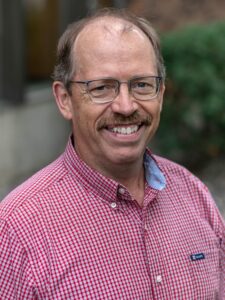 By Pastor John Hulden
By Pastor John Hulden  call – always to a new time zone. Despite my DNA, I’ve been able to lengthen my calls to at least double that – and all in Minnesota. My last call was 16 years, so all four of our kids went to the same high school – Go Spuds!
call – always to a new time zone. Despite my DNA, I’ve been able to lengthen my calls to at least double that – and all in Minnesota. My last call was 16 years, so all four of our kids went to the same high school – Go Spuds!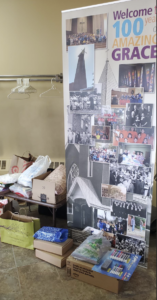 My little church on the East Side had a childcare center that struggled mightily to make ends meet. I saw the director and small staff work long hours because families had trouble getting ahead if parents didn’t have a day care option. Those of you in congregations with day care centers know the struggle of providing this needed ministry.
My little church on the East Side had a childcare center that struggled mightily to make ends meet. I saw the director and small staff work long hours because families had trouble getting ahead if parents didn’t have a day care option. Those of you in congregations with day care centers know the struggle of providing this needed ministry.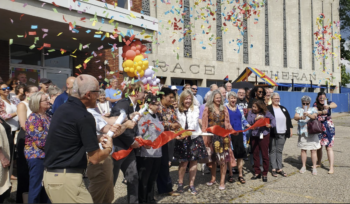 student-to-teacher ratios of four-to-one. East Side preschoolers will have a fighting chance as they reach public school age and take the big step of starting kindergarten. And as a great help to those East Side families, the center will be open year-round with full-day classes.
student-to-teacher ratios of four-to-one. East Side preschoolers will have a fighting chance as they reach public school age and take the big step of starting kindergarten. And as a great help to those East Side families, the center will be open year-round with full-day classes. Kudos to LSS and our synod siblings across the river. Their effort is another shining example of church together. When we followers of Jesus discover the assets in our community, listen to our neighbors, and then team up to make something beautiful and beneficial, we can make many hearts sing – hearts both old like mine and very young.
Kudos to LSS and our synod siblings across the river. Their effort is another shining example of church together. When we followers of Jesus discover the assets in our community, listen to our neighbors, and then team up to make something beautiful and beneficial, we can make many hearts sing – hearts both old like mine and very young. By Mercy Zou Taithul
By Mercy Zou Taithul 